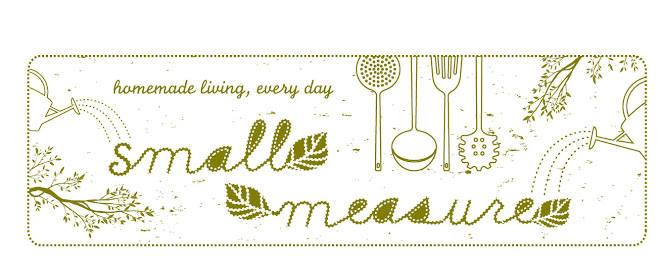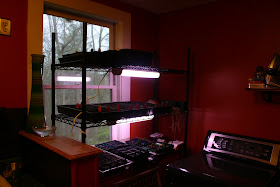 For all of my Asheville readers out there who are considering getting chickens, are harboring "illegal" chickens, or have a neighbor with chickens that you love (and who supplies you with eggs that you want to keep coming), come down to City Council tomorrow, April 28th, for a meeting to revise current animal control ordinances.
For all of my Asheville readers out there who are considering getting chickens, are harboring "illegal" chickens, or have a neighbor with chickens that you love (and who supplies you with eggs that you want to keep coming), come down to City Council tomorrow, April 28th, for a meeting to revise current animal control ordinances. Asheville City Chickens has campaigned tirelessly to make urban chicken-keeping easier for city residents. In their own words, they advocate to "teach responsible practices for raising hens in an urban setting, emphasizing positive neighbor and community relations."
The group has already met with several City Council members and would like to see some, if not all, of the following provisions included in the revised ordinance:
1) Distance requirements: City residents may have a chicken coop as long as it is at least 25' from any adjacent residence.
2) Confinement: The chickens must be provided with a covered coop and must be kept in the coop or on the owner's property at all times.
3) Permitting: Residents should be able to apply in person to receive a "chicken permit" without the need for a mandatory inspection by city staff. This will avoid unnecessary cost to the city.
4) Inspections: The City has the right to inspect a property at any time that a reasonable suspicion of a permit violation exists.
5) Public Concerns: To address any perceived concerns related to noise and odor, we recommend that roosters be prohibited, flocks be kept small relative to property size, and that coops be maintained in a sanitary manner consistent with existing city ordinances.
I think their suggestions are all completely reasonable and easily implementable. Although I live just outside city limits and have no issues keeping chickens on my property, I wholeheartedly support the efforts of folks anywhere (and especially my "people") trying to provide local and nutritious foods for themselves. I've volunteered to share a few quotes from urban-dwelling individuals profiled in my "Raising Chickens" book (thanks Erik and Christine!). If you can make it, come cluck with us!
The Low Down:
April 28th, 2009
City Council Building
Asheville, NC
5-'til....
Asheville resident or otherwise, do you keep chickens, or do you know of someone who does? Would you consider keeping chickens in an urban environment if the codes and ordinances in your area were amenable to it?















